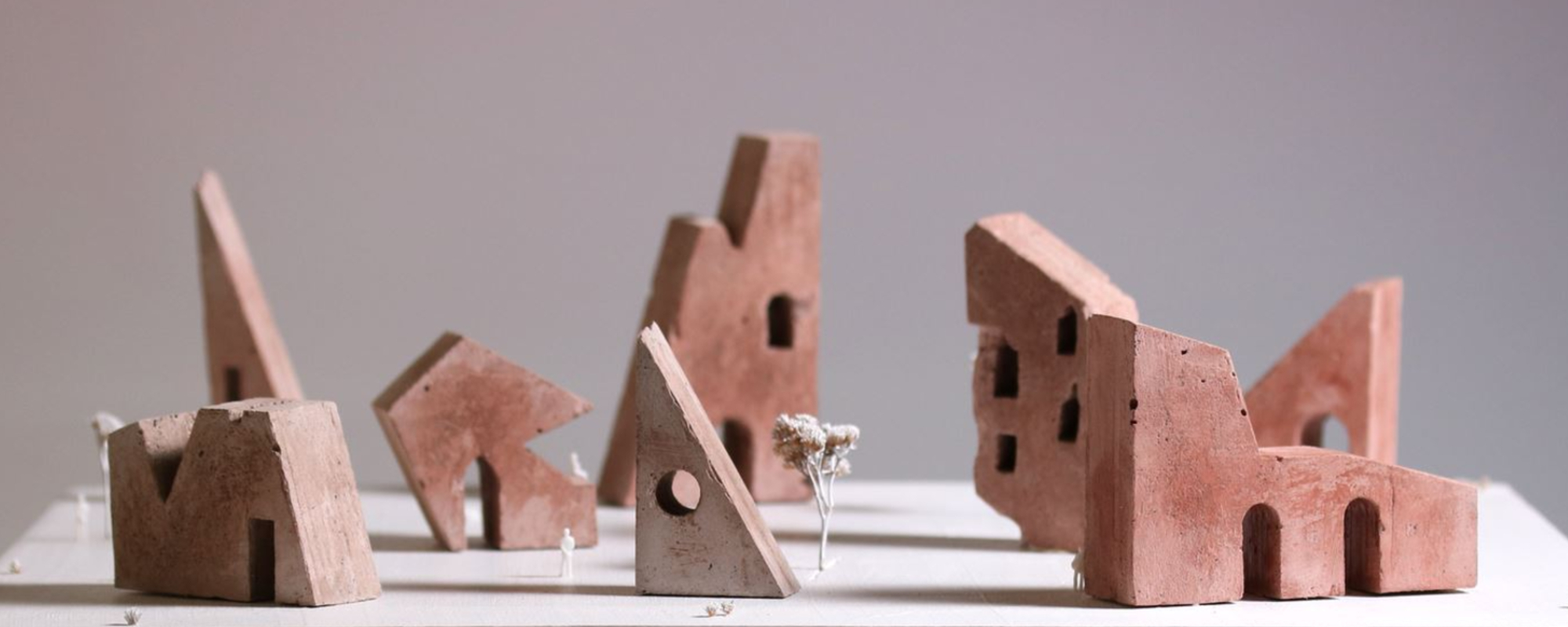Art History
Think critically about art in all its forms—from historical and contemporary New Zealand and Pacific art to the work of digital media artists.
Subjects
- Art History
- Environmental Humanities
- Museum and Heritage Studies

Find out what it's like to do Architectural Studies at Te Herenga Waka—Victoria University of Wellington from three students and a lecturer.

Master of Landscape Architecture student
Hannah enjoys the variety of projects and expertise from lecturers and tutors that cover all aspects of landscape architecture. Hannah says, “We get to work on projects that are extra small to extra-large, giving us a strong foundation of knowledge for our future careers. I am very lucky for the amazing learning opportunities we are exposed to.”
Hannah Merrett-Kaufman won the Vectorworks International Scholarship for her project ‘Retrofitting for the Symboscience’.
Hannah says, “The significance of being selected for this award extends beyond personal achievement—it is a testament to the amazing teaching support I have received from my professors, tutors, and fellow students during my studies to whom I am really grateful.”
With the advanced knowledge gain through the Master of Landscape Architecture, Hannah hopes to become a tutor to inspire and guide future students.
“The Master of Landscape Architecture offers an invaluable opportunity to delve deeper into the intricate relationships between people and nature, and to explore innovative ways of designing spaces that enhance this relationship.”

Bachelor of Architectural Studies (Architecture) student
Danbie has always been interested in designing spaces that react and respond to people.
“Understanding that shaping the built environment can powerfully benefit our society’s quality of life and human health naturally drew me to study architecture.”
She strives to be a ‘connector’ in the building construction industry, designing communities that link local and international societies.
As a future architect, Danbie wants to create a sense of belonging through the built environment. Working with people who share her vision, she wants to promote sustainable lifestyles that benefit society.
Danbie was drawn to the Te Kura Waihanga—Wellington School of Architecture for its focus on sustainability, for its interdisciplinary approach, and for the diversity that Wellington provides.
“The interdisciplinary approach provides a broad, collaborative understanding of designing for the built environment. We are taught by the best in Aotearoa.
“Wellington provides a balance of study culture and work culture, with a creative and diverse social hub that caters perfectly to tertiary students.”
During her two years at the University, Danbie has had opportunities going beyond her studies. She was involved in the Wellington International Leadership Programme (WILP), and she represented her fellow students as a Second Year Architecture Representative and Course Representative for SARC223.
“Participating in WILP drives us to understand diverse intercultural communication between local and international societies through a global citizen mindset.
“Attending seminars, speaker events, and experiential activities—each with a unique topic—opens us to connect with the wider world and broaden our perspective of individuality and diversity.”

Bachelor of Architecture Studies student in Interior Architecture
Studying the essence of designed spaces appealed to Josh Horne. So, he took up a degree in Interior Architecture and excelled at his studies.
“Our lecturers have strong links with industry professionals, which facilitate guest lectures and networking events. This is a great way of getting access to industries and possible career paths.”
“I’ve enjoyed my time here so much that I really want to keep studying. I’ve decided to pursue a postgraduate degree within the School. Once that’s complete, I can see myself going overseas and putting my own stamp on architecture.”
Interdisciplinary Digital Design lecturer
Derek Kawiti (Ngāti Hine, Ngapuhi, Tuhoe, Ngāti Porou) is currently researching the impact digital technologies are having on traditional, non-Western design methods.
He set up the collaborative research lab SITUA (Site of Indigenous Technologies Understanding Alliance) with East Coast iwi Ngai Tāmanuhiri.
“SITUA is about incorporating technology with traditional ways of designing and building using materials specific to the location of each iwi.”
With more than 12 years' experience in commercial and domestic architecture, both nationally and internationally, Derek brings a wealth of knowledge to share with his students.
“It's hard work but it can be really rewarding.” Derek believes determination and enthusiasm are key to completing the five years of study needed to become a professional architect.
Previous
OverviewNext
Study optionsWe think you might be an international student. If so, please select your nationality below to view information applicable to you. Otherwise you'll be looking at information for domestic students.
